Building a fictional city that feels complete and believable can seem like a really daunting task at a glance, so let’s break it down into smaller parts to make things more manageable. Once you have the general shape laid out, I highly recommend that you do additional research on the conditions you want for your city. Not only will this ensure a solid foundation, you also never know what previously-unknown facts might produce a plot hook, potential threat, or aid for character development.
This is by no means an exhaustive list, but it will help you create a good base to build your city upon.
Location and Landscape
The shape of the landscape will determine the shape of the city and how it’s organized. It will also help determine the type and extent of natural disasters that threaten the city. One real world example is Mexico City, which while already threatened by earthquakes has the added complication of being partially built on a filled-in lake, causes an earthquake’s seismic waves to be amplified when trapped in the softer sediment layer.
The types of industry that the city offers will also be determined in part by its location and surrounding landscape. For example, some coastal cities will have robust fishing industry while others will be hubs for shipping and imports.
History
Every city has its history, its founders, the stretch of time that existed before a city even stood there. A city’s history will have varying levels of influence on its present and future, such as keeping a layout from the era before automobiles or lingering friction between factions within the city.
Local Industry
Basically, what does your city have to offer in the way of goods or services? What industries bring in the money or put it on the map? How has that industry changed over the years?
An example of changing industry is Monterey Bay in California, where the cannery business collapsed in the 1950s due to overfishing. These days Cannery Row has mostly become a shopping district, with the Monterey Bay Aquarium now standing in place of one of the canneries and the waters off Cannery Row’s shore having been declared a marine sanctuary.
Here are some examples of potential industries, keep in mind that the city’s location will help determine what industries it has:
- Farming
- Fishing
- Manufacturing
- Mining
- Technology
- Tourism
Imports
Goods that need to be imported will be a factor in how costly it is to live in the city. For example communities in the state of Hawaii will have high food costs to worry about on top of the cost of housing, whereas cities on the mainland will have easier access to cheaper and more local food options.
Water Sources
A city’s success and size rely on a dependable water source. Said water source can be threatened by drought or damage to infrastructure(whatever is bringing the water to the city).
Energy Sources
Where is your city getting its energy from? Coal? Nuclear power? Green energy? Potential sources for electrical energy include:
- Coal
- Geothermal
- Hydroelectric
- Natural gas
- Solar
- Wind
Natural Disasters
No matter where a city is in the world, it will always be in reach of at least one type of natural disaster. Cities near active fault lines are threatened by earthquakes and any disasters triggered by said quakes, settlements near warmer oceans are under risk from typhoons, those in snowy mountains from avalanches, etc. The surrounding landscape and location will help determine the types of natural disasters that your city will face.
Here are a few natural disasters to consider when placing your city in the world:
- Avalanches
- Blizzards
- Earthquakes
- Flooding
- Ice storms
- Landslides
- Mudslides
- Tornadoes
- Tropical cyclones (also called hurricanes or typhoons, depending on location)
- Tsunamis
- Volcanic eruptions
- Wildfires
Hazards
Basically these are dangers found in or around the city that do not amount to natural disaster status, but are a risk to inhabitants and infrastructure all the same. Some hazards include:
- Below-freezing temperatures
- Black ice
- Fog
- Sinkholes (also called cenotes, dolines, sinks, swallets, or sallow holes)
- Snow
- Waves
- Wind
Urban Legends and Folklore
Everywhere humans go, folklore and fragments of belief follow. Urban legends are the more contemporary version of folklore, influenced by the time period they were first formulated in. Old folklore can still carry into the modern age to live alongside urban legend, so you may want to have a mix of old and new folklore that haunts the edges and dark places of the city.
Folklore includes things such as fairies and witchcraft. Urban legends are more contemporary and include entities such as the Jersey Devil or Mothman.
Religion
Some cities have religion written into their history, either in their founding, their landmarks, or otherwise. Primary religions can change depending on the city’s history, as was the case for Istanbul, for instance.
Good Luck!
Hopefully this will help you move forward with your world building ambitions.
If you like what you see, please consider supporting the site on Patreon! I would like to keep things ad-free, so any support is deeply appreciated.
Got anything you’re curious about? Let me know down in the comments or ping me on Twitter or Tumblr!

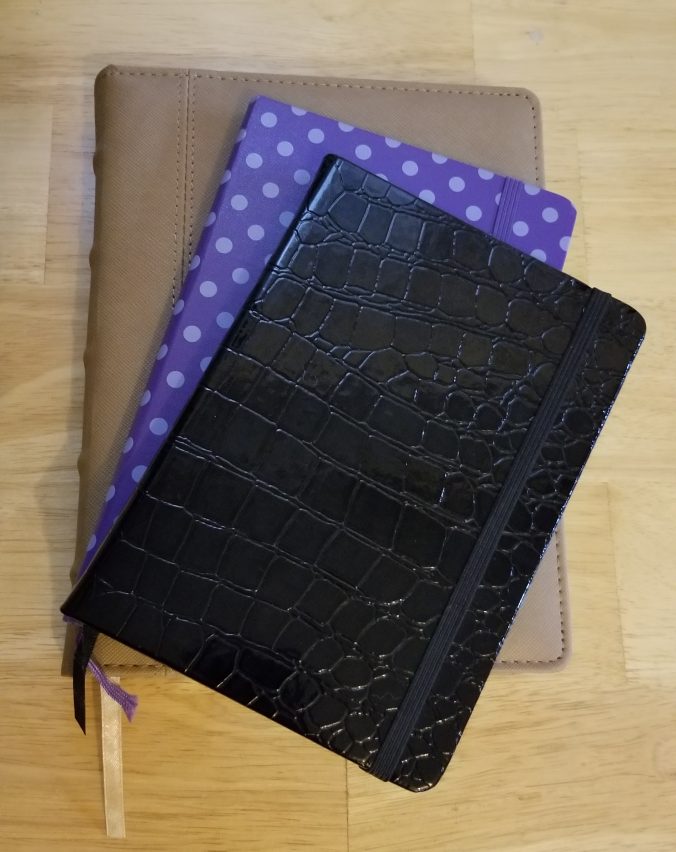
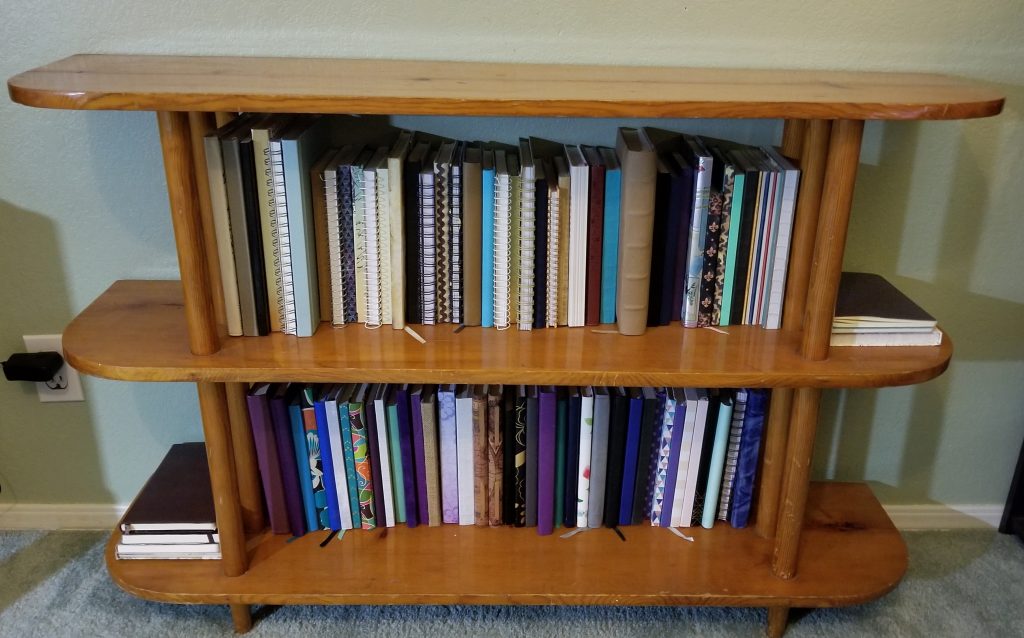
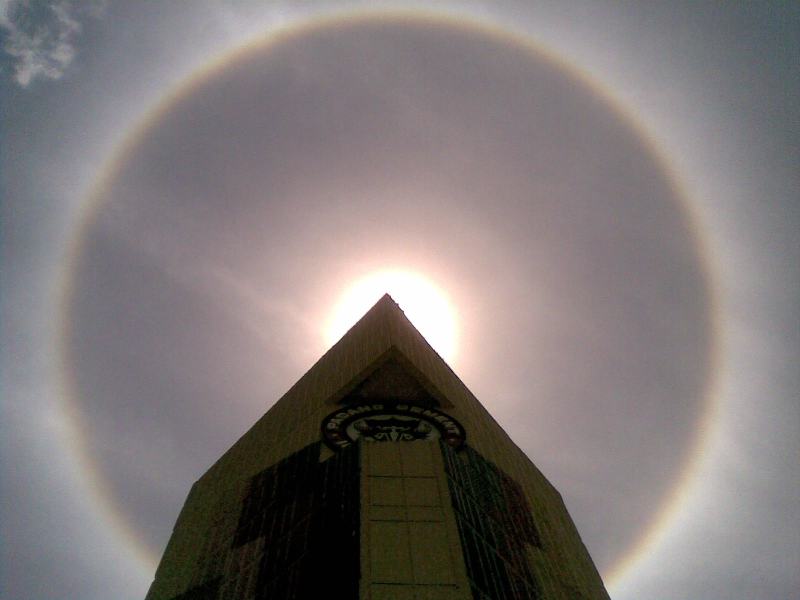
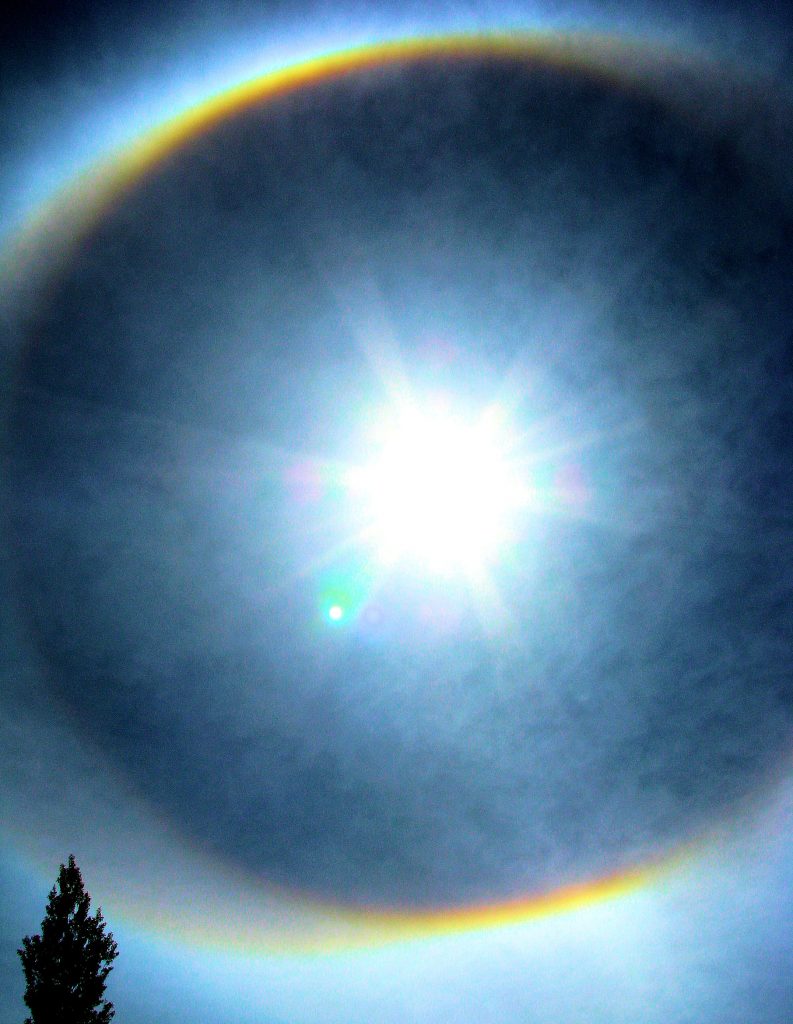
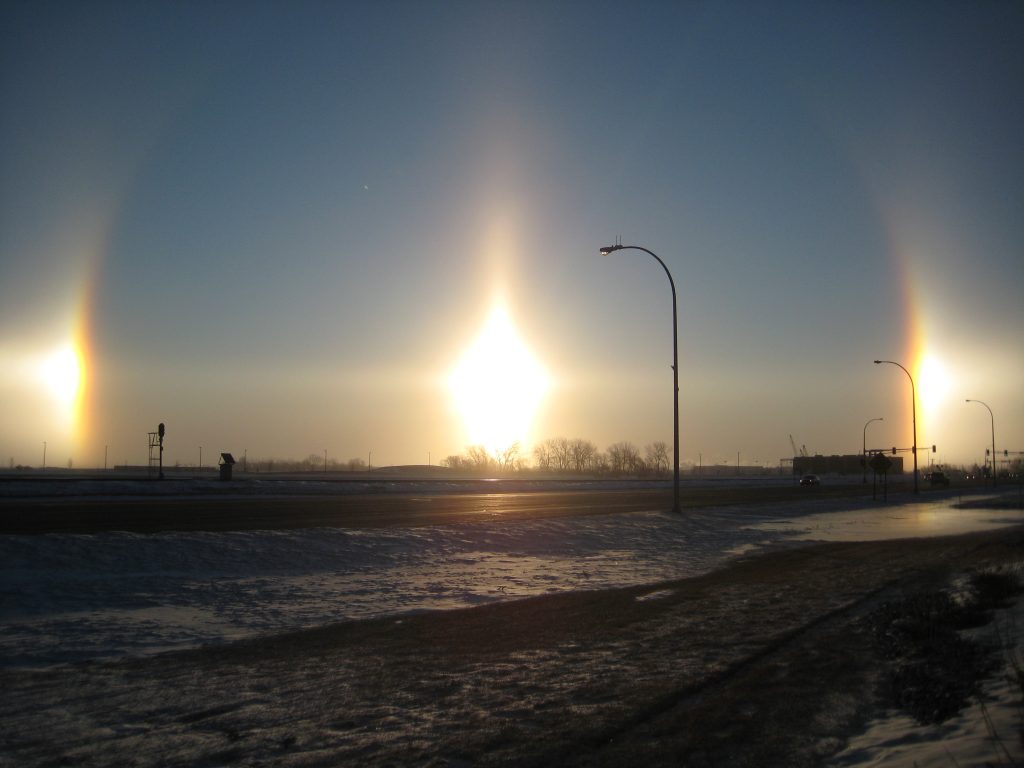
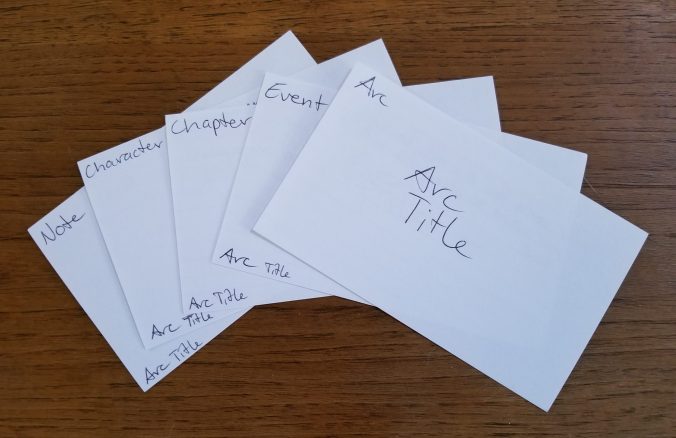
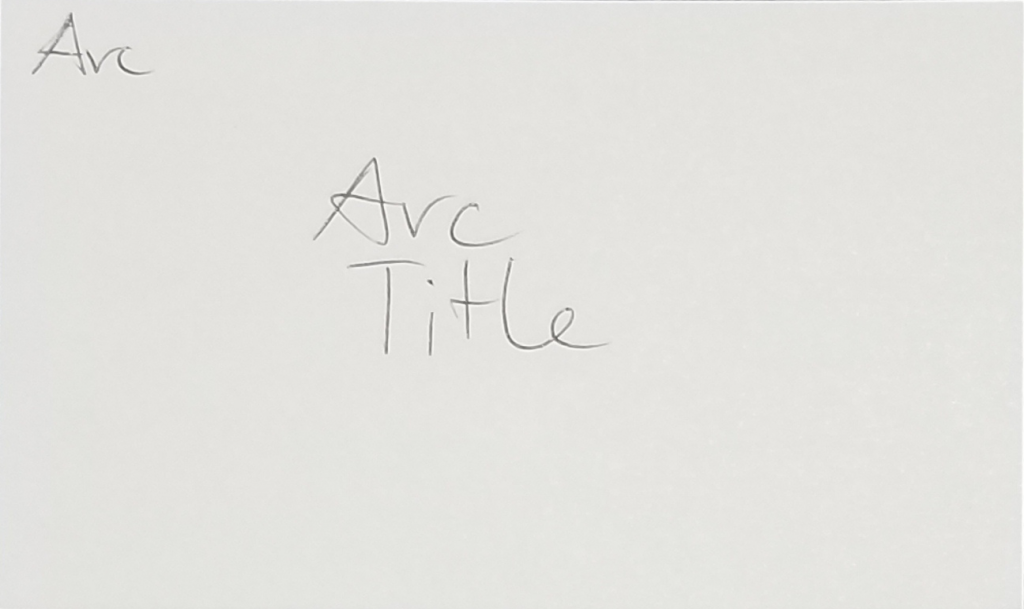
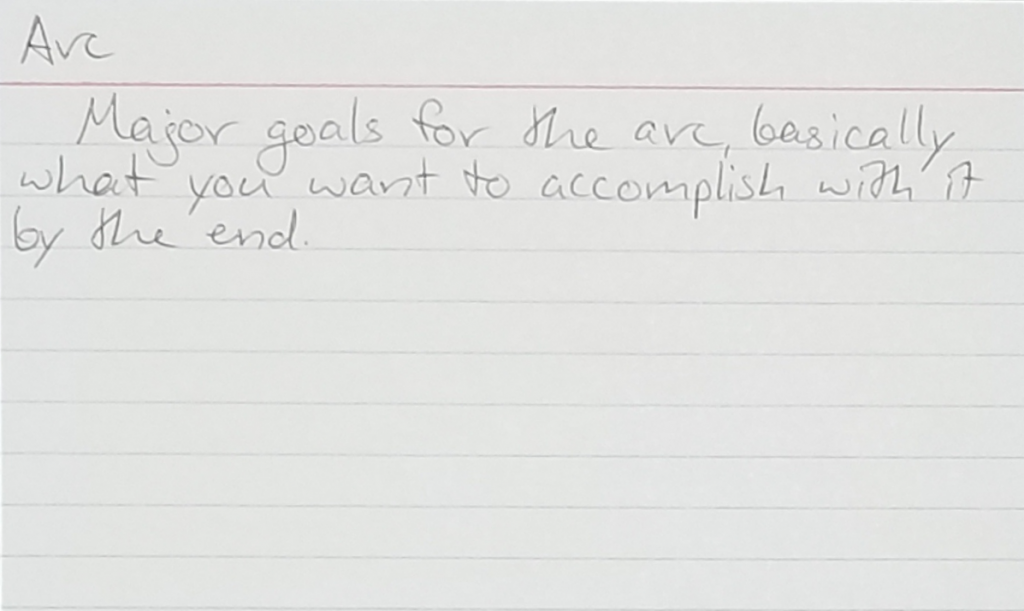
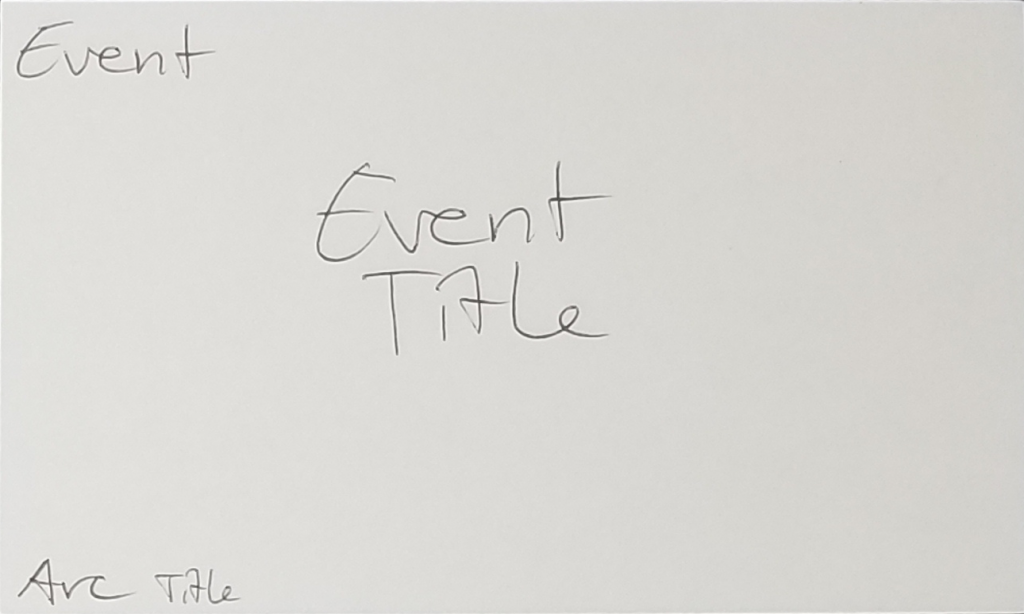
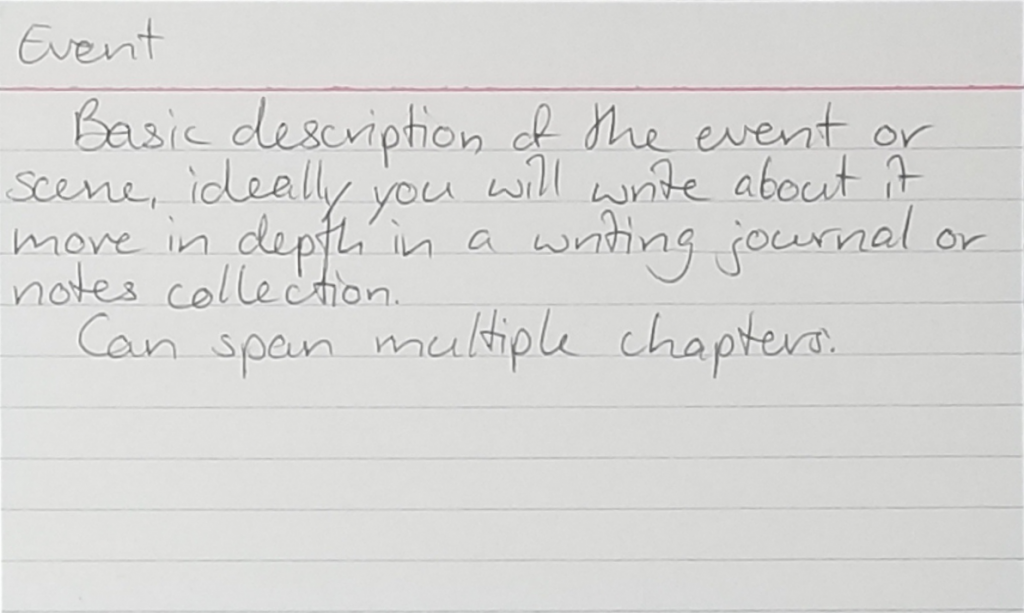
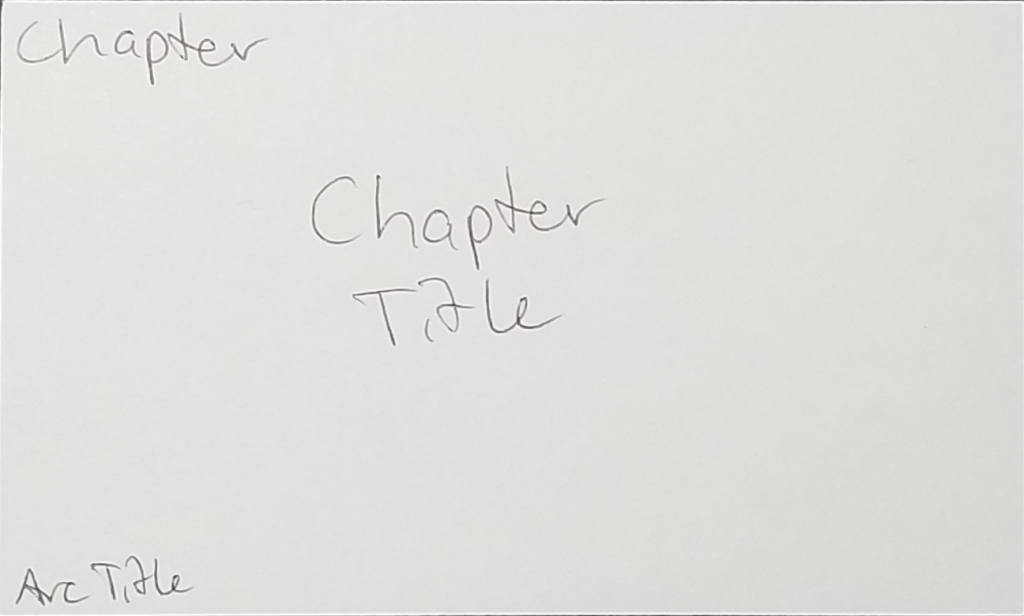
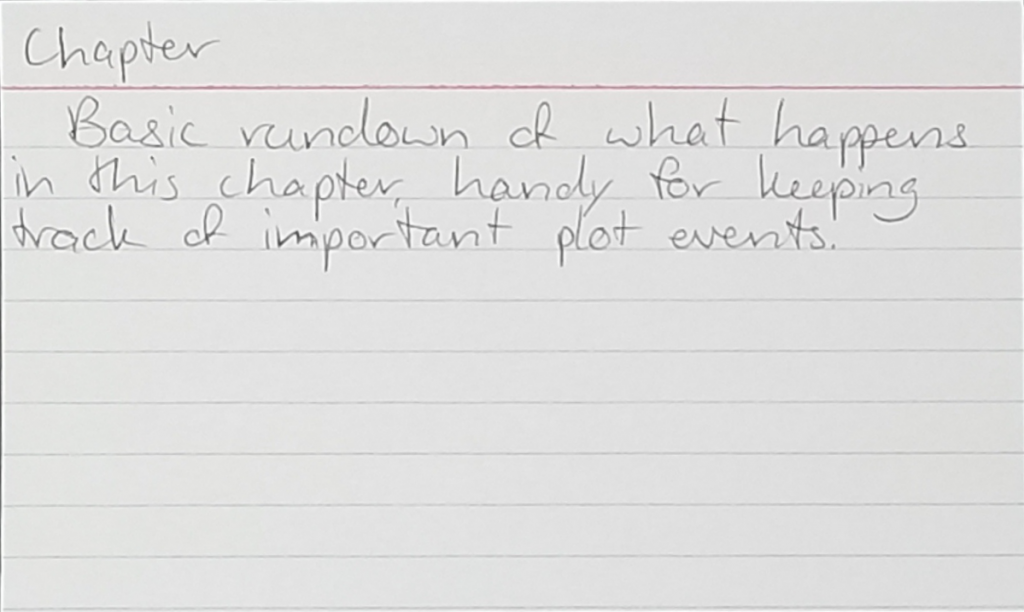
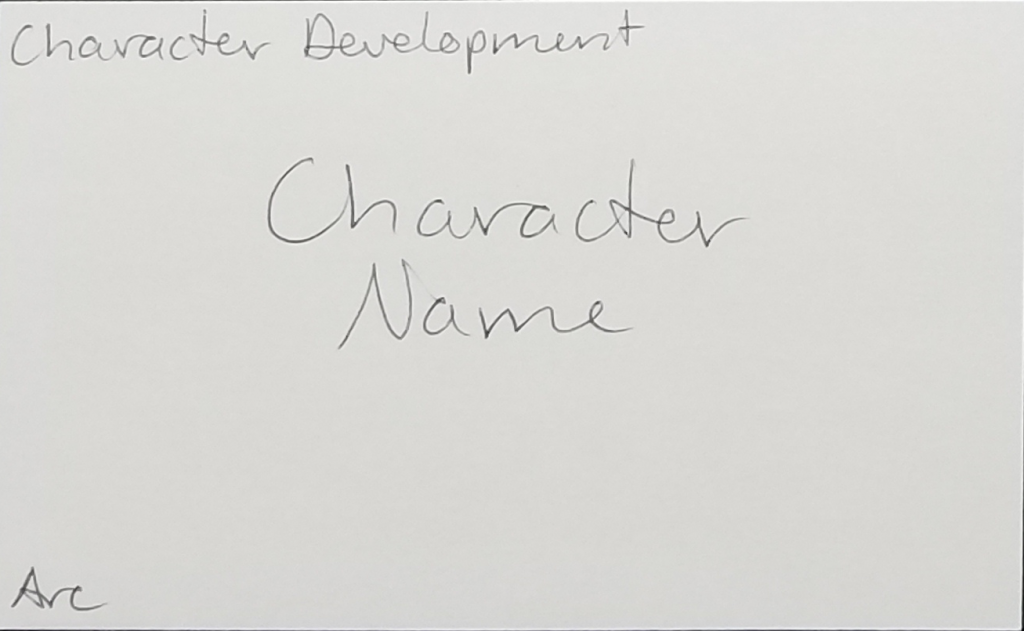
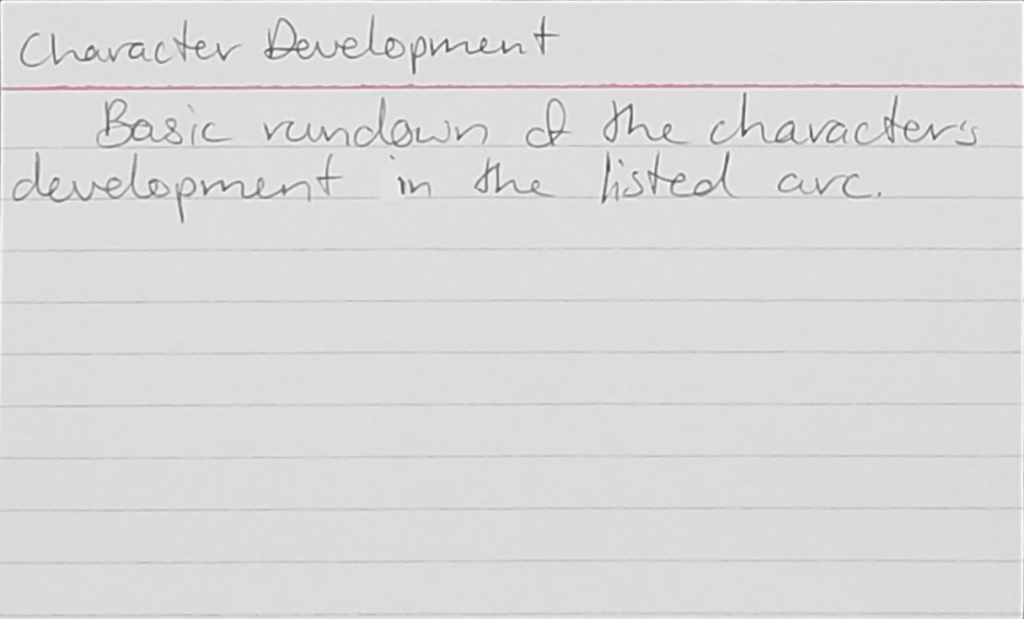
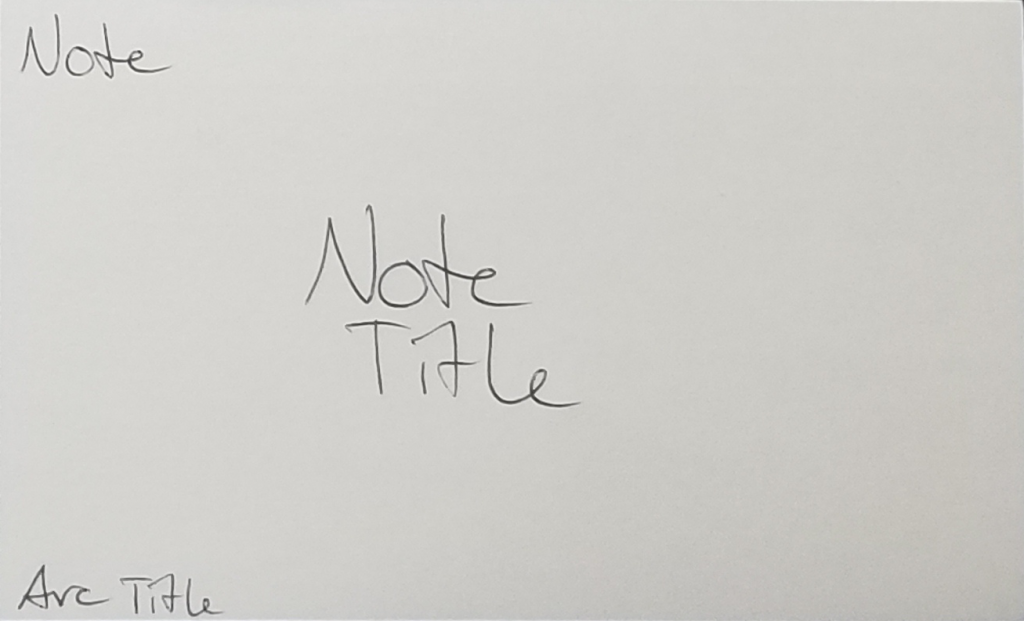
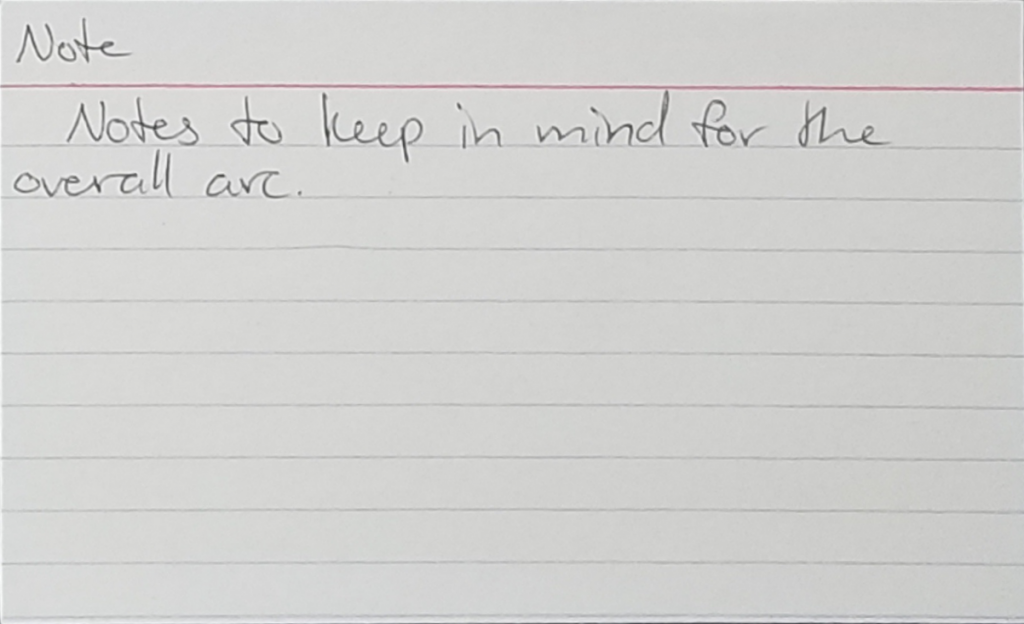
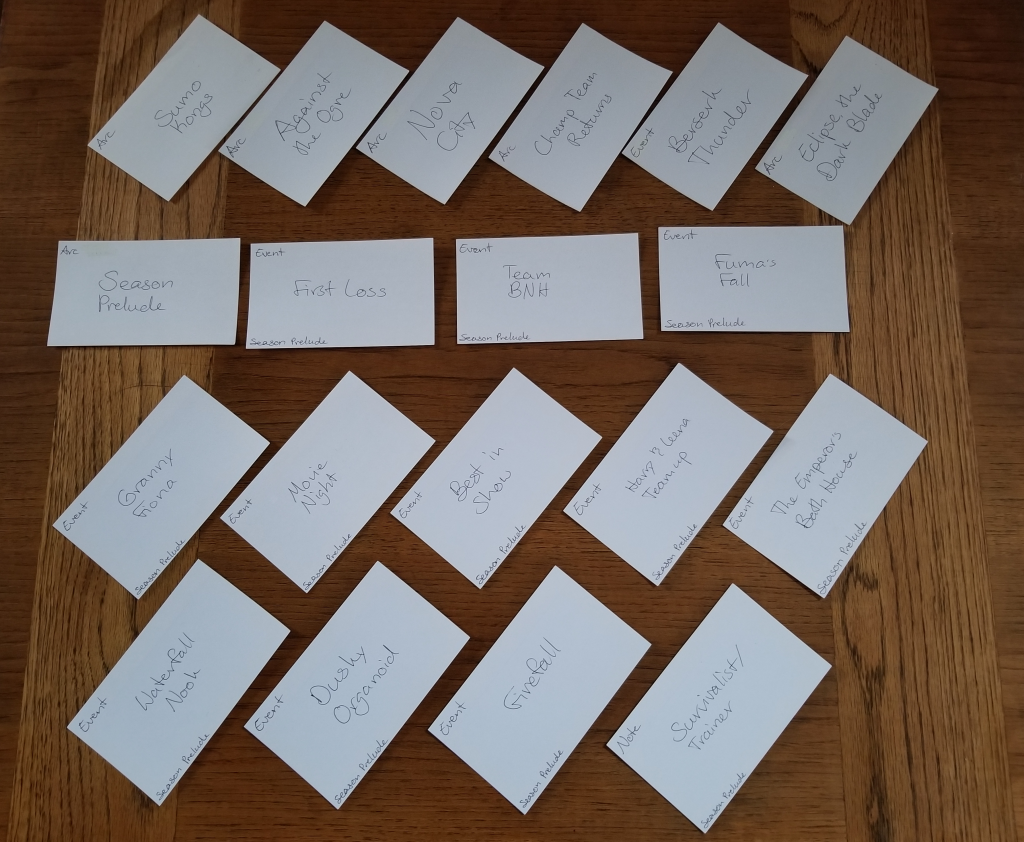
Recent Comments